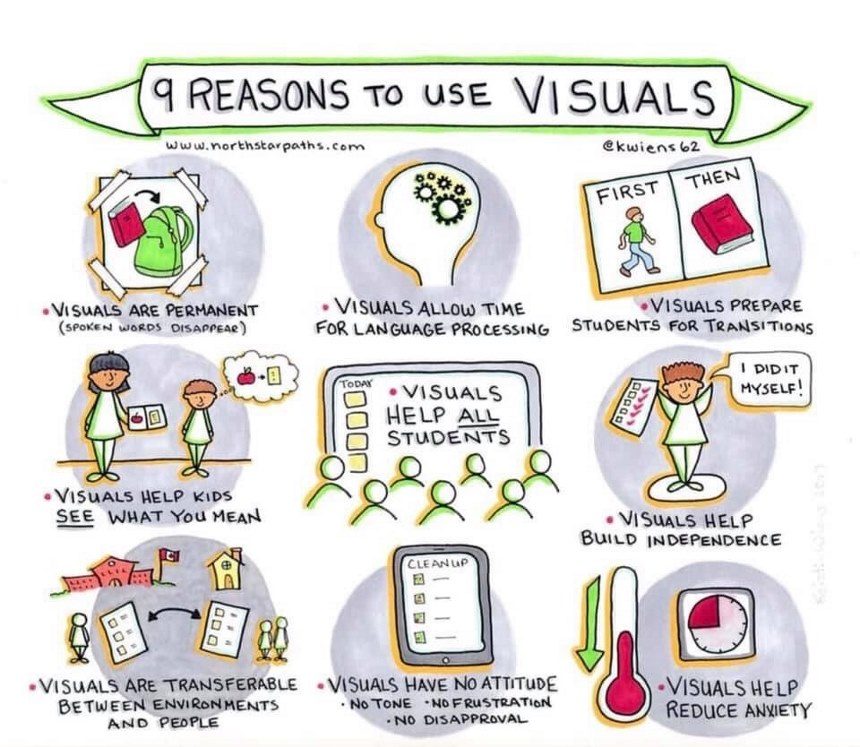 Some people with autism spectrum disorder (ASD) may find organising, sequencing and prioritising difficult.
Some people with autism spectrum disorder (ASD) may find organising, sequencing and prioritising difficult.
This is due to deficits in what we call ‘cognitive function’, that is, the intellectual process by which we think, reason, understand ideas and remember things.
A person with an ASD may have difficulties with:
- processing information,
- predicting the consequences of an action (if I do this, what will happen next?),
- understanding the concept of time
Many of us use certain strategies to help organise our day and prioritise tasks. For example, we might make a list or write things on a calendar.
These strategies are also effective for people with ASD, especially if they’re used consistently by everyone who may support a person.
Visual supports can take the form of:
- pictures,
- written lists,
- calendars
- real objects
All be good ways of helping people with an ASD to understand what is going to happen, when it should happen.
Anxiety
Many children require knowledge of what is happening next, as the unknown cause’s anxiety.
Even if the pattern/sequence of an activity never changes, the child is not always able to apply prior knowledge.
A timetable/schedule may be to too much for some children and too many visuals could lead to increased anxiety as they foresee everything that they need to do!
In these situations, now and next cards can support. This would simply state the current task followed by the next one.
